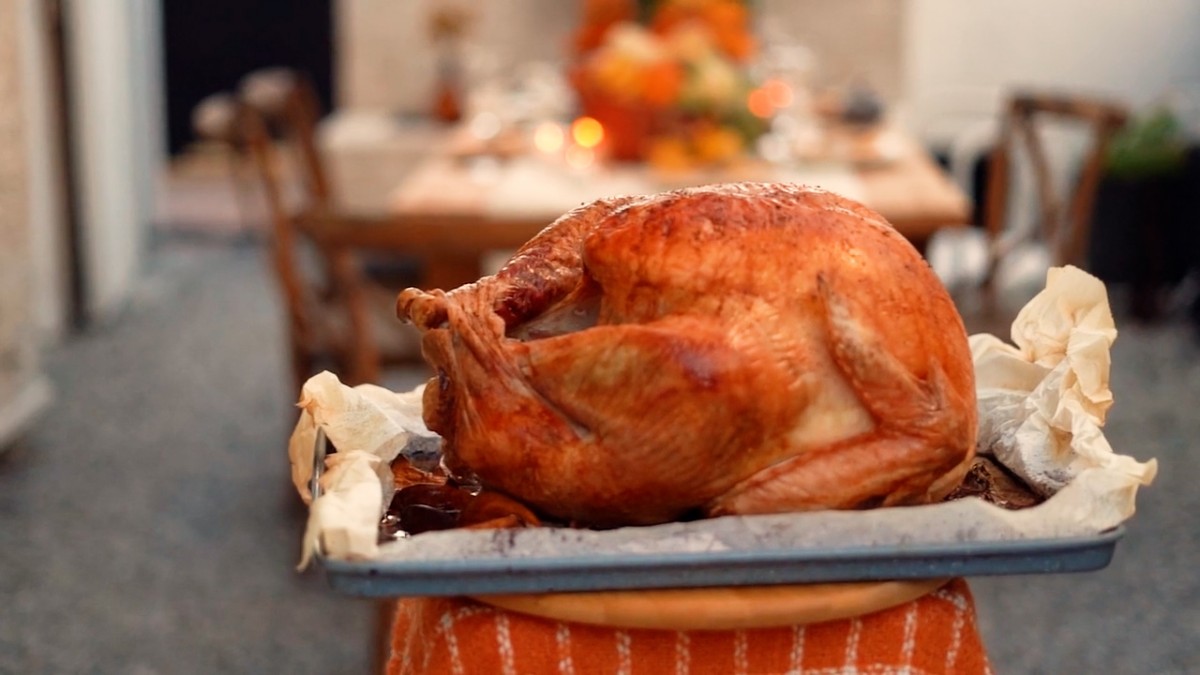The holiday season is meant to be celebrated with family, friends and loved ones. No one wants to spend any portion of it in the ER with a food-born illness.
Food contamination is a major concern, especially around the holiday season. Annually, the Center of Disease Control (CDC) reports that one in six individuals will suffer from a food-born illness and as many as 3,000 will die.
“Food contamination happens when high-risk food, particularly animal based foods’ micro-organisms cross over to another food item that you might not be cooking at the same temperature,” explains Joni Gerken, Registered Dietitian & Nutritionist at Adirondack Health, in Saranac Lake, New York. “There are certain populations and age groups that are more vulnerable. But even outside of that population, even if you are a healthy, middle-aged individual, food-born illness is a concern for you as well.”
When preparing holiday meals, individuals can take two important, yet easy, precautions in preventing cross-contamination. They include hand-washing and using two different cutting boards and knives.
“You want to make sure you wash your hands before any food preparation, you just do not know what may have gotten on your hands during regular daily activities. Then after touching any high-risk items you want to wash your hands immediately,” says Joni. “Using two cutting boards and knives prevent the juices from the meats to get into your fruits and vegetables.”
Start thinking about potential food contamination at the grocery store. When bagging your groceries, place the meats and poultries in one and all your produce in another. And once you get home, work from bottom to top when putting food in the refrigerator.
Joni adds, “Make sure your poultry is down at the bottom, that needs to be cooked to the highest temperature. You can put your beef and ground beef the next level up and you’re ready to serve foods, that need no cooking at the top.”
Joni also points that you should keep your cooking thermometer at the ready. Poultry is cooked when the internal temperature reaches a minimum of 165-degrees and is maintained for 15 seconds, while a roast can be served when its temperature reads 145-degress and also holds for 15 seconds.
As difficult as it is, especially when everyone is gathering around the dinner table, let your protein rest. The residual heat will continue to cook the meat after you have removed it from the oven.
Finally, keep an eye on the clock while you’re enjoying your holiday meal. You do not want to leave any food at room temperature for more than two hours.
Joni says that micro-organism like the warm environment and you should consider putting the food in the refrigerator and begin enjoying the left-overs.








